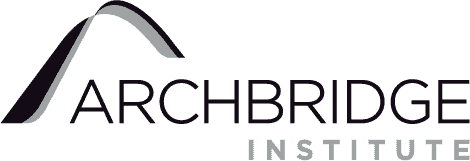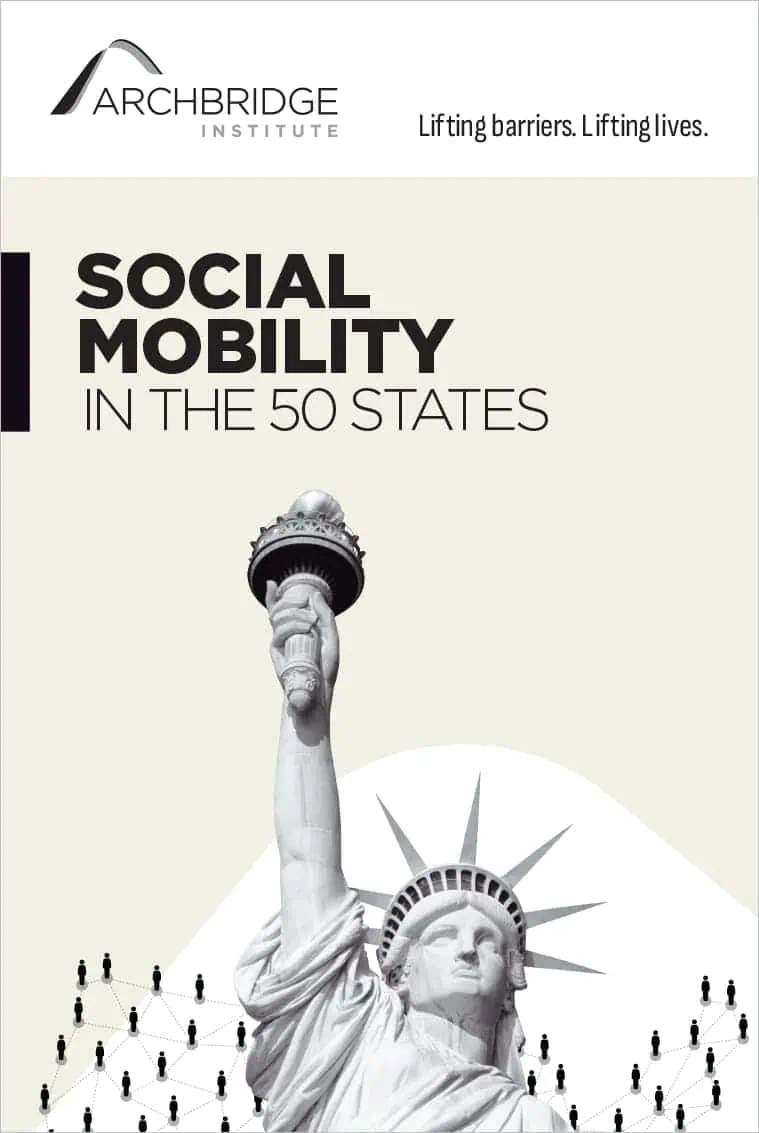
Overview
The U.S. continues to struggle to provide affordable childcare to parents. The supply is also limited, with many parents facing long wait lists to secure a spot with a provider. Childcare is heavily regulated to ensure that facilities are safe and children are protected. However, complying with these regulations can be difficult and costly, increasing operating costs for childcare centers and prices for parents. In this environment, unnecessary regulations can be especially costly. With this database, we intend to shed light on state-level differences in childcare facility regulations and to help states identify overly burdensome regulations.
We provide detailed information on facility-level regulations, including indoor and outdoor space requirements per child, outdoor fencing, insurance, and other requirements. We also provide detailed child-to-staff ratio requirements for various age brackets. Finally, we detail staff-level licensing requirements.
Data Collection
The research team collected state-level licensing requirements for childcare facilities in all 50 states and the District of Columbia. Information on state regulations comes from the National Database of Child Care Licensing Regulations, which is maintained by the Administration for Children and Families within the U.S. Department of Health and Human Services. This database provides state profiles for childcare facilities, after-school care, and family childcare centers. The National Database of Child Care Licensing Regulations includes the agency tasked with regulating childcare providers, links to the agency web page, and the statutes and administrative code for each state. While the National Database of Child Care Licensing Regulations website contains some data for regulations, the researchers primarily compiled the information for each state profile by using the statutes and administrative code.
The team only collected data for childcare centers. Most states divide childcare into family daycare homes, family daycare facilities, and childcare facilities. While childcare provided in family settings is important, there is much more variation in the definition of family centers between states. Childcare facilities are the largest type of childcare service provider and offer the most employment opportunities for childcare workers.
We split the data into three tables based on the types of regulations included: facility-level regulations, child-to-staff ratios, and professional licensing regulations.
Facility Regulations
The first table includes facility-level regulations, such as indoor and outdoor space per child, outdoor fencing, alternatives to outdoor space, required governing bodies, facility needs assessment, and general liability insurance requirements for facilities. These requirements were obtained directly from state statutes and administrative codes. We also include some family transparency regulations, such as family communication requirements, providing written policies and procedures, keeping logs of children’s care, and meeting with families regularly. These requirements were obtained directly from the National Database of Child Care Licensing Regulations website.
Child-to-Staff Ratios
The second table includes the minimum child-to-staff ratios. Because each state separates age groups differently, we use the largest common denominator, with either 6-month or 1-year age buckets. In some states, the age groups are listed as infant, toddler, etc., but the age brackets of those descriptions are included in the definition section.
Professional Licensing Regulations
Finally, the third table displays the licensing requirements for childcare center directors and teachers. We include the least burdensome pathway for licensure for both professions. For directors, we include the education and experience requirements as separate variables, because licensing typically requires a mix of education and experience. For many states, the education requirement is a Child Development Associate (CDA) Credential, which itself requires some amount of experience. We do not include that in the experience requirement for ease of comparison. Some states have separate director licenses based on the size of the facility. For ease of comparison, we report the requirement for the smallest facility size. For teacher licenses, we include education and experience in the same variable, whether a high school diploma is required, the minimum age, and the title of the profession. For high school diploma, we note whether the requirement appears in statute or code, or if it is a de facto requirement to meet the education standard.
Note: A future release will contain all pathways to licensure for facility directors and childcare teachers. Most states offer multiple pathways with different combinations of education and experience. For instance, Delaware offers 14 different pathways to become a childcare teacher, ranging from a bachelor’s degree in any field to a CDA credential, provided that the individual is enrolled in an associate degree program and earns an associate degree within four years.
Definitions
Indoor Space per Child: The minimum square footage of indoor space per child. When the size differs based on age, we include the requirement for all ages.
Outdoor Space per Child: The minimum square footage of outdoor space per child. When the size differs based on age, we include the requirement for all ages.
Outdoor Area Fencing: The minimum height requirement for fencing around outdoor play areas.
Alternative to Outdoor Space Allowed: Whether childcare centers can use alternative areas to the required outdoor space bordering the building. Listed as a Yes or No variable.
Governing Body: Whether a governing body with members besides the owner is required for a childcare center to operate. Listed as a Yes or No variable.
Needs Assessment: Whether an applicant must submit an application to an agency for permission to open a childcare center based on perceived need. This is analogous to healthcare Certificate of Need laws. Listed as a Yes or No variable.
General Liability Insurance Minimum Coverage: The minimum requirement for general liability insurance that the childcare center must hold for injuries to children in their care.
Family Communication Requirements: Whether childcare centers are required to regularly communicate with families of the children in their care. Listed as a Yes or No variable.
Provide Written Policies and Procedures: Whether a childcare center must provide written policies and procedures to families of the children in their care when the child begins attending the childcare center. Listed as a Yes or No variable.
Keep Logs of Children’s Care: Whether childcare centers are required to maintain logs of the care provided to children under their care. Listed as a Yes or No variable.
Meet with Families Regularly: Whether childcare center employees are required to regularly meet with families of the children under their care. Listed as a Yes or No variable.
Child-to-Staff Ratios: The maximum number of children in an age group that can be watched by a staff member. Broken down by age, from infancy (typically beginning at 6 weeks) to age 8. Hawaii lists n/a for children under 2, because Hawaii does not allow children under 2 in childcare centers.
Director Initial Education Requirements: The least restrictive education required to become a licensed childcare center director. When the state issues multiple licenses for directors based on facility size, we include the requirements for the smallest center.
Director Initial Experience Requirements: The required hands-on experience through volunteering or employment in a childcare center or other business to be eligible for a license. When states require experience in childcare and administration, we list them separately. Iowa uses a point system, so we provide an approximation of the education and experience. Experience includes only the experience required in law, not the experience necessary to receive CDA or other credentials.
Teacher Initial Education Requirements: The least restrictive education and training necessary to become a licensed childcare teacher.
High School Diploma/GED: Whether the childcare teacher must obtain a high school diploma or its equivalent. We also noted when the high school diploma was not explicitly required in statute or code but is necessary for the education requirement. Listed as a Yes or No variable.
Minimum Age: The minimum age at which an individual can obtain a license for employment and be counted in the child-to-staff ratio.
Profession Name: The name used in statute and regulation to describe the professional that most closely resembles childcare teacher. Professions like lead teacher, which have additional oversight authority over staff and operations, were not counted as a teacher.





